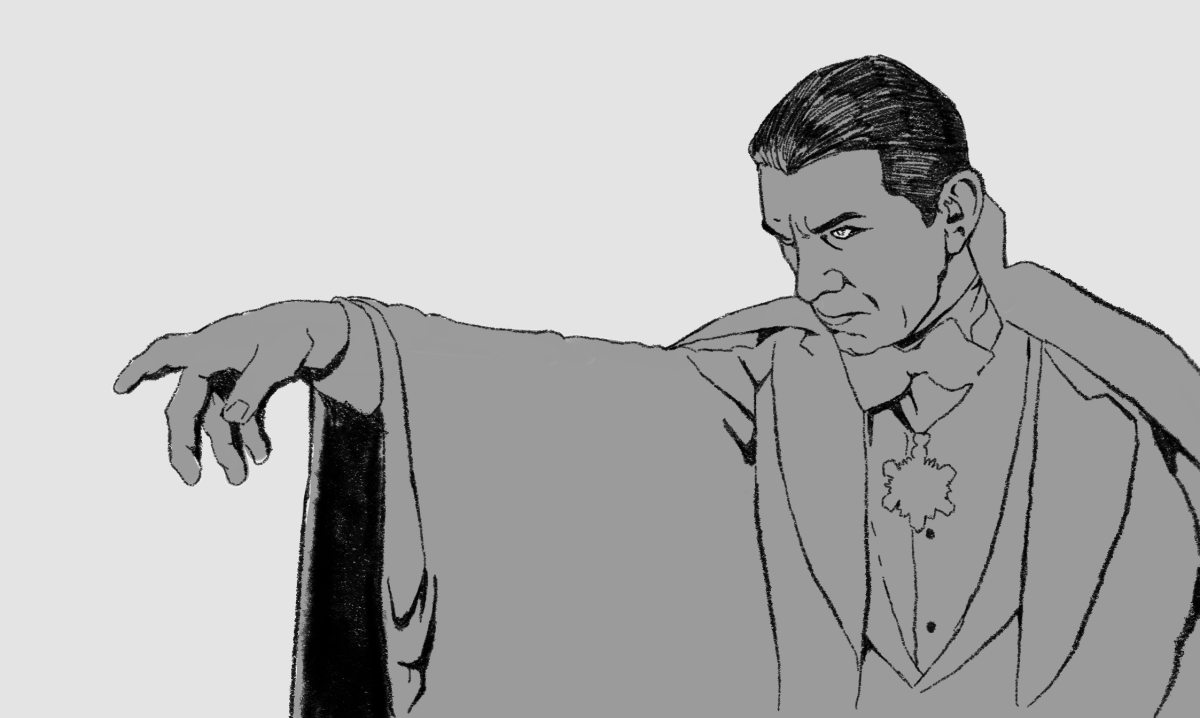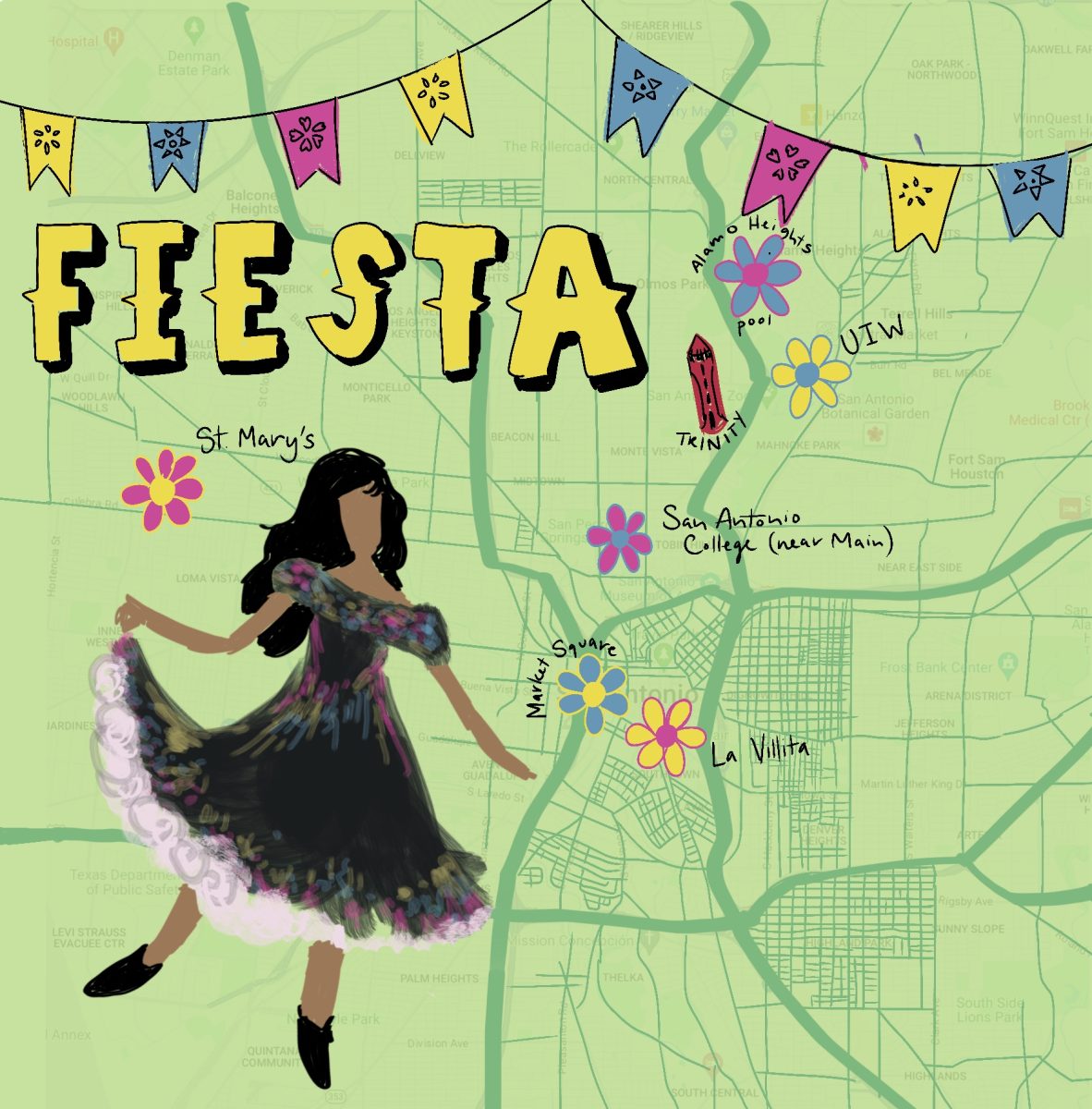Every October, I revisit my favorite pieces of horror media to get into the spooky season. A mainstay of my Halloween media consumption for a few years now has been Bram Stoker’s iconic horror novel “Dracula,” whose seventh chapter, known as the “Log of Demeter,” is one of the greatest pieces of written horror. I am particularly enchanted with how it turns the theoretical limitations of horror literature into its strength. In this vein, I will explore how movies and video games build effective horror through the use of visuals, music and interactivity, and how “Dracula” is still scary without any of that.
The cinematic language of horror is rooted in visual and auditory sensation. “The Shining” is the prime example of the symbiotic role audio and visuals play in building an effective horror cinematic experience. On its own, “The Shining” is not particularly visually scary. Instead, the soundtrack guides the audience through the story, hearing how the characters feel as much as seeing it. The soundtrack gets progressively more nightmarish as the Overlook Hotel slowly corrupts Jack Torrance, culminating in a haunting symphony of shrieking violins that overwhelm the audience and the characters in the final act.
Video games utilize many of the same tools as films to construct effective horror. However, as interactive media, games have an additional advantage by weaponizing player agency. Agency in games is usually an empowering experience; first-person shooters are the archetypal example. Games typically encourage the player to take positive action to solve their problems in a way that makes the player feel powerful.
Horror games, however, are able to subvert this feeling by requiring the player to take positive action to progress, but making this positive action result in increasingly dangerous and scary situations. This requires the player to decide to step into the dark basement with the monster, whereas in a movie or book, the protagonist will step into the basement regardless of what the viewer does. “Alien: Isolation” is an excellent example of this effect.
In “Alien: Isolation,” the player is trapped on a giant spaceship with a xenomorph in a scenario nearly identical to the original movie. While the film is creepy enough in its own right, the game’s interactivity takes it to the next level. In order to traverse the game’s levels, you must put yourself into dangerous encounters with the xenomorph, which cannot be killed and stalks you nearly omnipresently throughout much of the game. The effect can be so overwhelming that I’ll often freeze in-game, unable to push past my instinctual refusal to put “myself” in the crosshairs of the murderous alien.
Books lack the visual, auditory and interactive elements that movies and games rely on for scares and instead have to, for lack of a better description, cultivate a “vibe” of unease and dread that pushes the reader’s mind into a state of imaginative fight-or-flight.
My favorite part of “Dracula” is a single chapter in which the captain of the ship Demeter chronicles the progressive disappearance of his crewmates on their voyage to England. The reader ultimately discovers that the ship was carrying Dracula himself. The log ends with the captain, now the last surviving crew member, awaiting his ultimate fate at the hands of the vampire stowed away in his hull.
“Dracula” is an epistolary novel made up of letters, newspaper clippings and diary entries. This section is brilliant because it uses this format to its advantage. The reader must piece together an ultimately incomplete version of events based on the captain’s extremely limited perspective and prior information learned inside previous letters and diaries.
The chapter uses careful manipulation and obfuscation of information to ratchet up the dark mystery aboard the Demeter to much greater effect than if the sequence were depicted on screen. Essentially, chapter seven takes the limitations of literature and turns them into a strength, building an air of mystery and uncertainty that triggers the reader’s imagination.
If you’re a horror fan and haven’t already, I highly recommend you watch, play or read the media I’ve discussed. I particularly recommend chapter seven of “Dracula,” as it is self-contained, and you can appreciate it without reading the rest of the book. Horror can be an incredibly powerful tool for eliciting intense emotion. It triggers a deep part of our subconscious and manipulates our fears to create a truly unique cultural experience across mediums.








